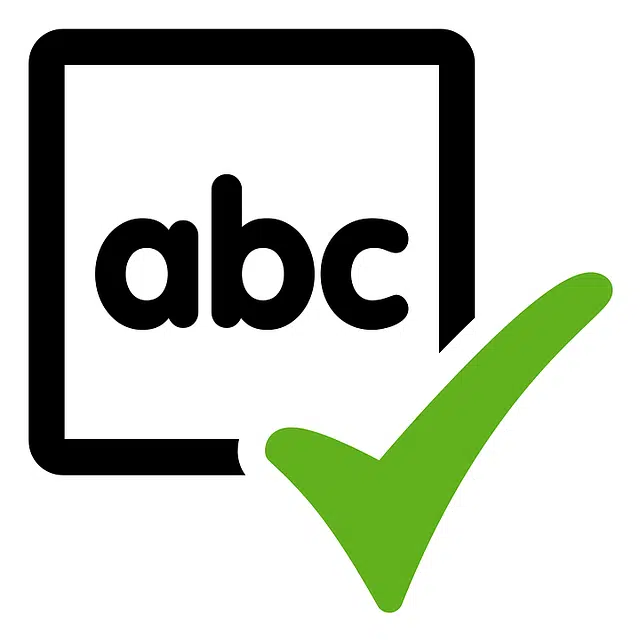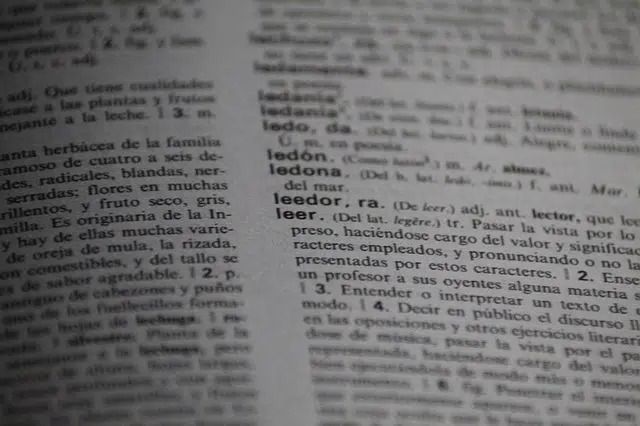
Spelling rules regulate writing.
Spelling rules are the rules that regulate the writing of words . The system formed by these rules, known as orthography , constitutes a convention on how a certain language should be expressed in writing.
Spelling, in short, is a code . In our language it began to develop in the 18th century , especially after the founding of the Royal Spanish Academy ( RAE ). Thanks to the spelling rules, accepted by consensus by the entire linguistic community, the understanding of texts is facilitated, since each person knows how to write each term.
What are spelling rules for?
Spelling rules allow us to determine the correct spelling of words that include spellings with very similar sounds: G/J , V/B , Z/S/C , etc. Spelling rules, on the other hand, indicate when words should be punctuated and how to use punctuation marks .
In schools, special emphasis is placed on teaching spelling rules by teachers to students, since it is the way that students can learn to write correctly. Hence, teachers are in charge of carrying out in class everything from dictations to exercises that revolve around a spelling rule. What's more, some teachers even "toughen" their rules when correcting exams and deduct points for each misspelling they read or for each tilque that has not been added.
Likewise, they do not hesitate to establish that minors acquire specific books for learning the aforementioned spelling rules, composed of endless exercises that will help them acquire them without too much effort.
Some examples
An example of a spelling rule is one that indicates that, after the letter M , the letter B is written and not the letter V. That is why we must write “also” , “change” and “drum” , and not “also” , “change” or “tamvor” .
Similarly, a spelling rule indicates that after the N , the V should be written instead of the B : “invite” , “sending” and “invitation” , but not “conbidar” , “enbío” or “inbitación” .

Dictionaries help to know how spelling rules are applied.
It is established that, in addition to these spelling rules stated above, in Spanish there are others that are considered the most important and significant:
-Bra, bre, bri, bro and bru are always written with the letter b.
-It is established that it is written with b when there is a consonant after it. Examples of this are obvious and obstruct, among others.
-Z is never used to write with e or i. That is, it is not written zepillo but rather brush.
-Words that end in -aje and -eje are written with j. Examples: short film and punt.
-Double ere will only be used when it goes between vowels: carro, parra, nougat...
-Verbs that end in -ger, -gir and -igerar are written with g. This would be the case, therefore, of taking, directing and lightening.
It should be noted that some writers and intellectuals have asked to eliminate spelling rules or, at least, simplify them. That is the case of the Colombian Gabriel García Márquez , who suggested that the H should not be used when the letter does not fulfill any function , among other proposals.
